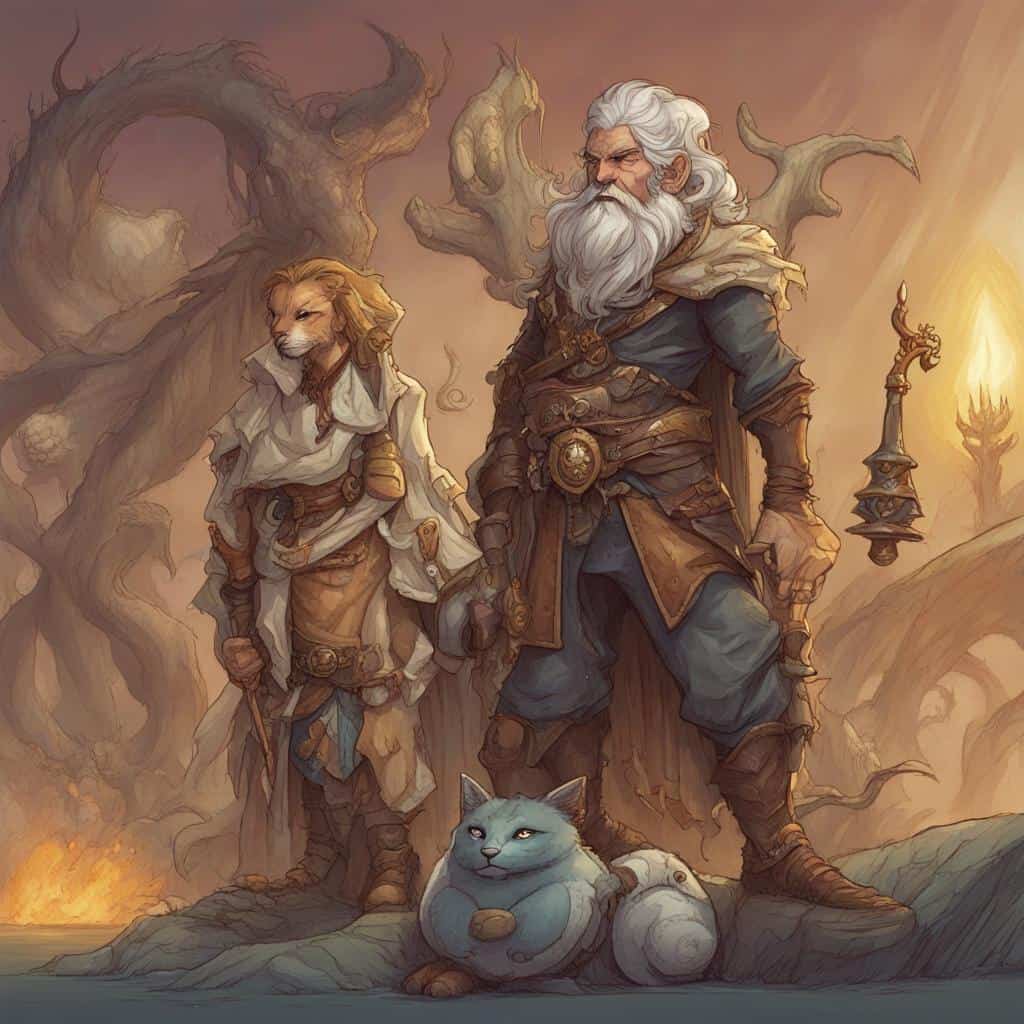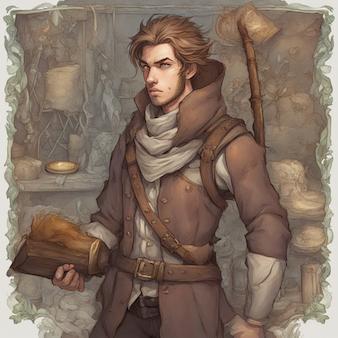Fantasy worlds have always captured the imaginations of people, providing an escape from the mundane and taking them on a journey to otherworldly lands. From the mystical world of Middle-earth in J.R.R. Tolkien’s “The Lord of the Rings” to the wizarding world of Harry Potter, the possibilities of creating a unique and captivating fantasy world are endless. However, building a fantasy world from scratch can be an intimidating task. Here are some tips to help you get started on your journey of creating a fantastical world that will leave your readers captivated.
Building a Fantasy World
Establish the Foundation of Your Fantasy World
Before you start developing your fantasy world, you need to establish its foundation. This includes the setting, the timeline, the people, the creatures, and the magic system that will be present in your world. It is important to have a clear idea of these aspects before moving forward, as they will provide the backbone for your world and determine the direction your story takes.
Create a Map

Creating a map is an essential part of world-building. It helps you visualize the world you are creating, and also provides readers with a sense of place. A map can include physical features like mountains, rivers, and forests, as well as the locations of important cities, towns, and landmarks. It can also be used to indicate the different territories of your world, whether they are controlled by different factions or inhabited by different species.
Develop the History and Mythology
The history and mythology of your fantasy world are important aspects to consider. They provide context for the events that take place in your story, and can be used to create conflict and tension. The mythology of your world can be used to explain the origin of the creatures, magic, and even the world itself. The history can be used to explain why certain factions are at war, or why certain races have a deep-seated hatred for one another.
Create the Different Species
One of the most exciting aspects of world-building is creating the different species that inhabit your world. From elves to orcs, dragons to mermaids, the possibilities are endless. When creating different species, it is important to consider their physical characteristics, as well as their culture, language, and beliefs. This will help make them unique and stand out from one another.
Develop the Magic System
Magic is a staple of the fantasy genre, and as such, it is an important aspect of world-building. When developing the magic system of your world, it is important to establish the rules and limitations of the magic. This can help prevent inconsistencies and plot holes in your story. You should also consider the source of the magic and how it is accessed. Is it innate or learned? Is it tied to a particular location or object?
Consider the Technology Level
The technology level of your world is an important aspect to consider. It can be used to establish the time period in which your story takes place and can also be used to create conflict. For example, a world with a low technology level may struggle against a technologically advanced society. It is important to decide how technology is accessed in your world and who has access to it.
Consider the Political Climate
The political climate of your world can be used to create conflict and tension in your story. It is important to consider the different factions and how they interact with one another. Who is in power? Who is rebelling against that power? Are there alliances or rivalries between factions? These are important questions to consider when developing the political climate of your world.
Consider the Societal Norms
The societal norms of your world are important to consider when developing your story. They can provide insight into the culture and beliefs of the different species and factions in your world. It is important to consider things like gender roles, social hierarchy, and cultural customs. These norms can be used to create conflict and tension between characters, or to highlight the differences between different factions or species.
Write the Story
Once you have established the foundation of your world, it is time to start writing your story. Your world should serve as a backdrop for your characters and their journey. It is important to remember that the world is not the story, but rather the setting in which the story takes place. Your story should be character-driven and use the world you have created to enhance the narrative.
Edit and Revise
After you have written your story, it is important to edit and revise it. This will help you refine your world-building and ensure that everything is consistent and makes sense. You may find that you need to make changes to your world in order to better serve your story, and that is okay. It is important to be flexible and willing to make changes in order to create the best possible story.
Building a fantasy world from scratch can be a daunting task, but it can also be incredibly rewarding. By establishing the foundation of your world, creating a map, developing the history and mythology, creating different species, developing the magic system, considering the technology level, considering the political climate, considering the societal norms, writing the story, and editing and revising, you can create a unique and captivating world that will leave your readers spellbound.
Keywords: world-building, fantasy world, map, history, mythology, species, magic system, technology level, political climate, societal norms, story, editing, revising, building a fantasy world, steps for building a fantasy world, building a fantasy world steps, steps for building a fantasy world for your novel, tips for building a fantasy world, building a fantasy world how to, instructions for building a fantasy world
Check out our Novel Writing Workbooks
Check out Little Tree Food Forest for articles on food forests and homesteading.
Check out FoodieScapes for articles on growing, fermenting and preserving food
Check out StoryScapes.World for articles on writing.
Subscribe to our newsletter to get information delivered to your inbox on how to write a book, outlining your novel, keeping journals, marketing your novel, self-publishing, writing poetry and more.










